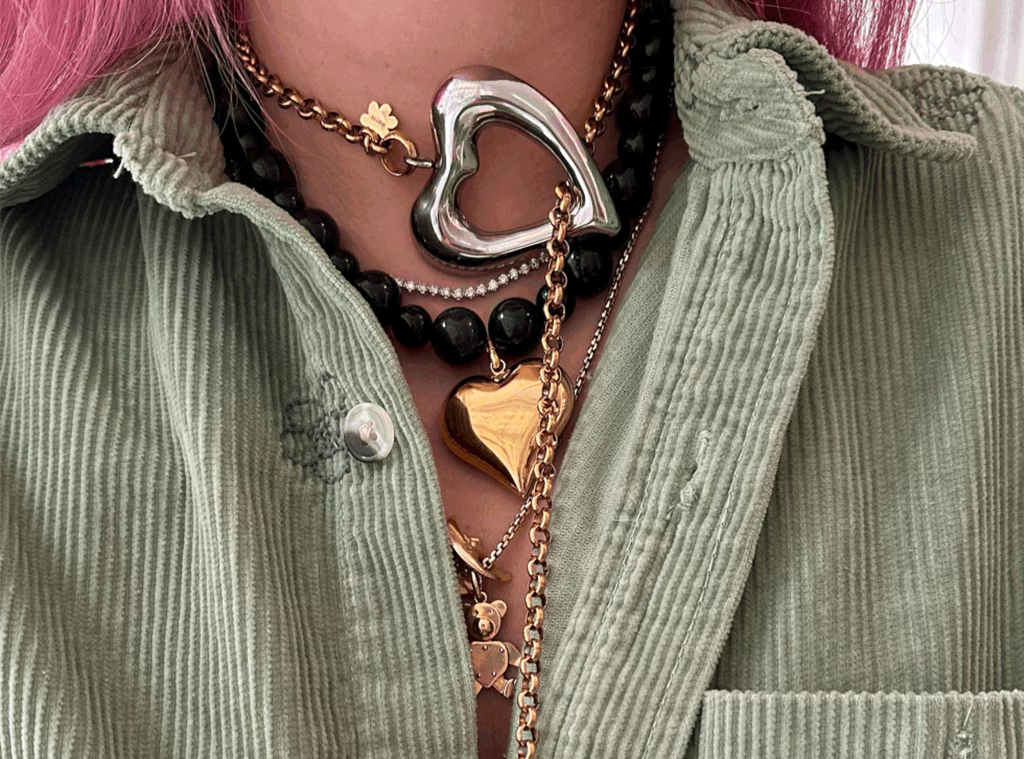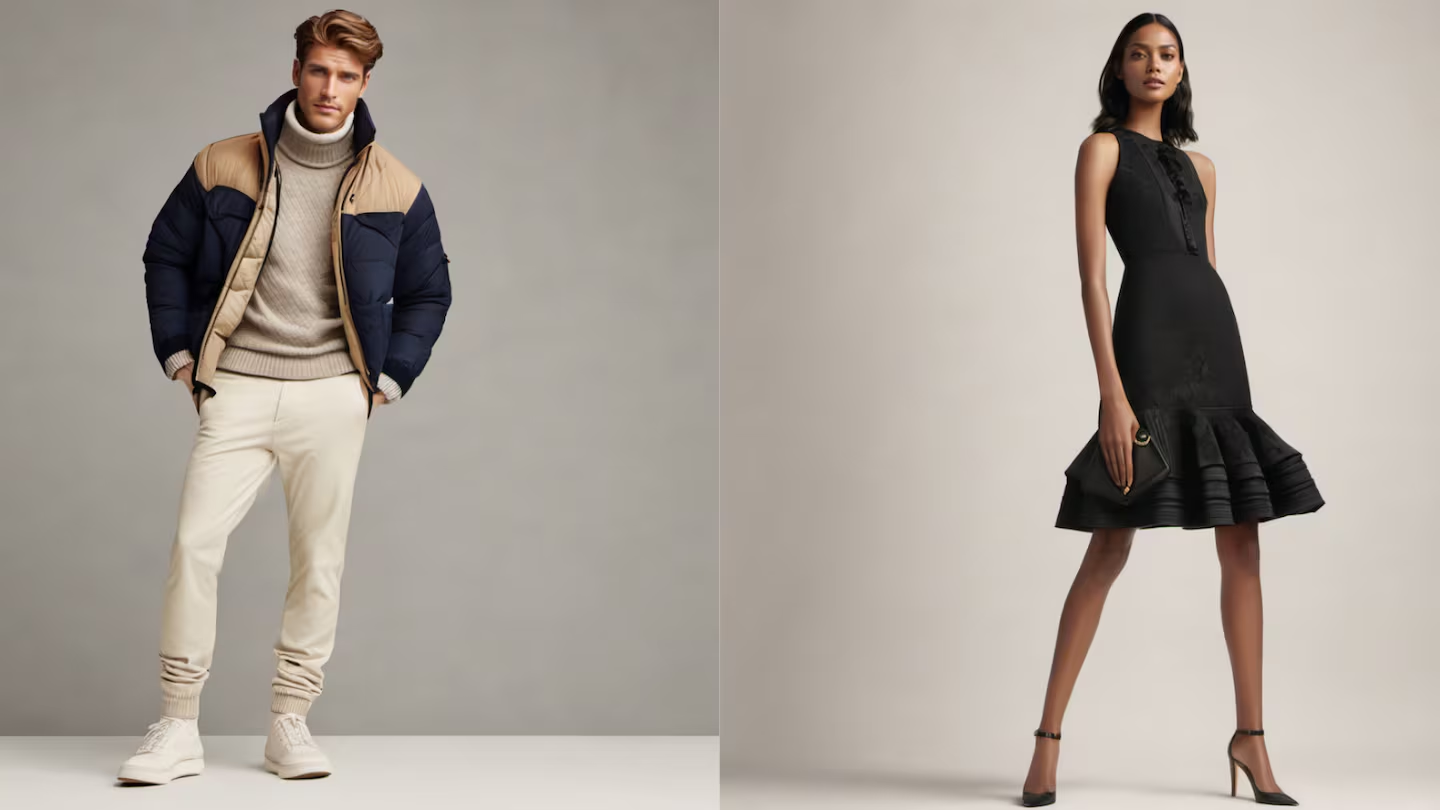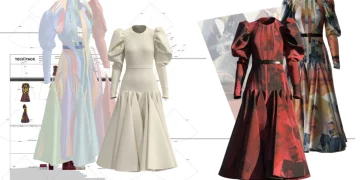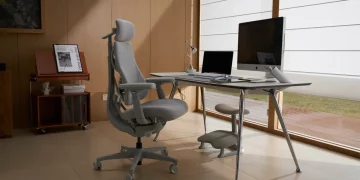Introduction: A New Era of Interiors
In a world constantly overwhelmed by excess—be it in terms of information, consumption, or the clutter that fills our homes—minimalism has emerged not just as a design aesthetic, but as a lifestyle choice. A growing number of people are embracing the concept of “less is more,” and minimalism is rapidly becoming the go-to design philosophy for modern interiors. But is minimalism truly the future of interior design, or is it simply a passing trend?
As we delve deeper into this question, we will explore the roots of minimalism, its influence on contemporary design, its sustainability, and whether it can adapt to the diverse needs of future interiors. Along the way, we’ll also consider the pros and cons of minimalist living and examine whether this stripped-back approach has staying power.
The Origins of Minimalism: Less Is More
Minimalism in interior design draws inspiration from a broader cultural movement that began in the mid-20th century. It was rooted in the broader minimalist art movement, which sought to strip away unnecessary complexity and focus on the essentials. The philosophy of “less is more,” coined by architect Ludwig Mies van der Rohe, became the foundation for a movement that sought to create beauty through simplicity, order, and functionality.
In the 1950s and 60s, the minimalist aesthetic began to influence architecture and design, with figures such as architect Tadao Ando and designers like Charles and Ray Eames embracing clean lines, open spaces, and uncluttered forms. These early pioneers believed that stripping a space down to its core allowed the natural beauty of materials to shine through.
Minimalism Today: A Global Design Trend
Fast forward to the 21st century, and minimalism is more than just an architectural statement—it has become a lifestyle choice for many. The rise of social media platforms like Instagram and Pinterest has given minimalism even more visibility, allowing its sleek, pared-back interiors to be shared across the globe. From Scandinavian hygge to Japanese wabi-sabi, the philosophy of simplicity has found a global following.
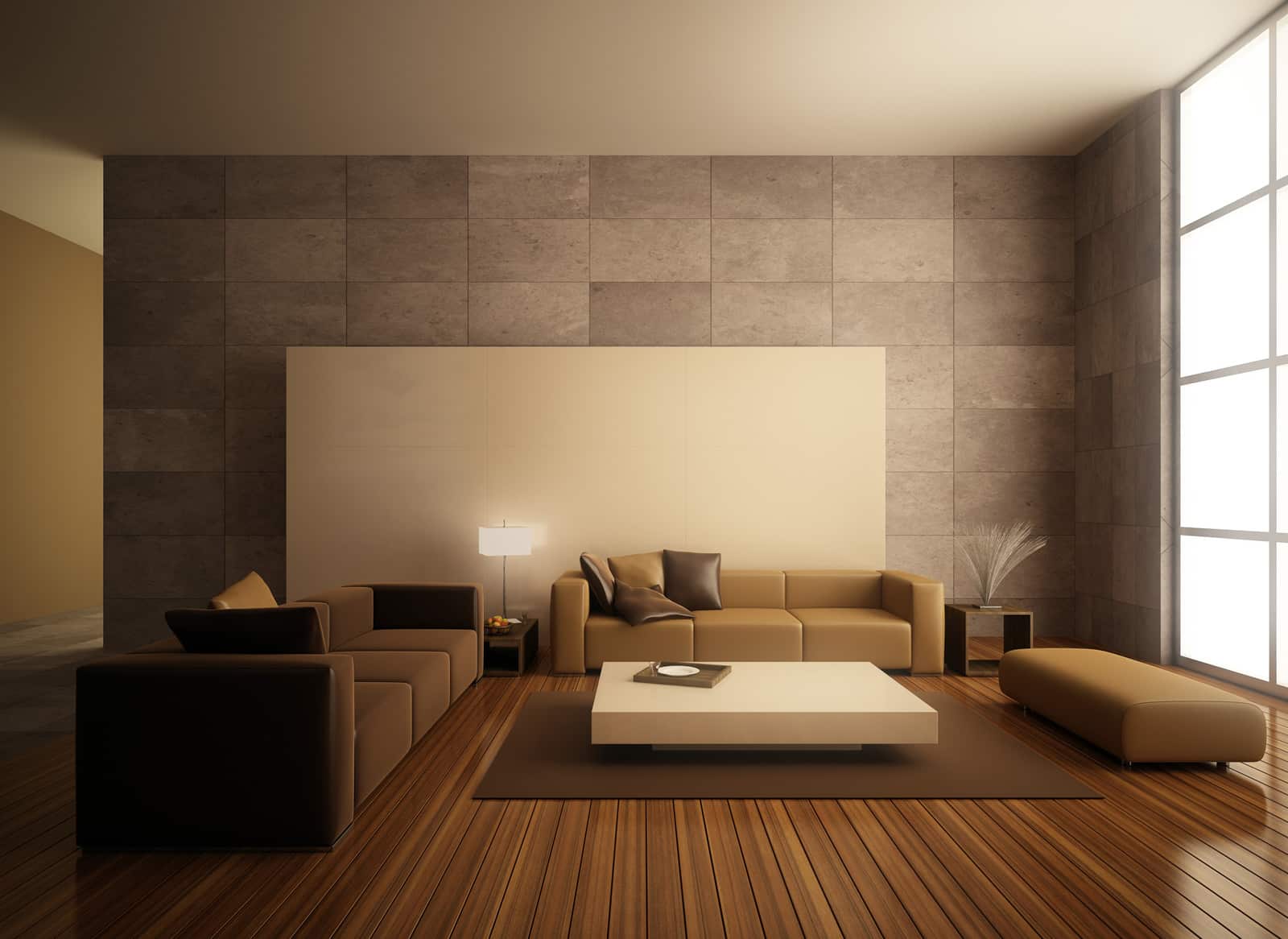
Minimalism has transcended its original design roots, becoming a symbol of sophistication and intentional living. But is it a sustainable future trend, or simply an aesthetic that will fade into the background as new styles emerge?
Minimalism in Interior Design: Key Elements and Principles
At the heart of minimalism is the idea of removing the unnecessary. The goal isn’t to have an empty space, but rather one where every element serves a purpose. Here are some of the key elements that define minimalist interiors:
- Open Space: Minimalist design often emphasizes wide, open spaces with little to no visual clutter. Furniture is carefully chosen to ensure that it serves a functional purpose while allowing the room to feel airy and free.
- Neutral Color Palettes: Minimalism often favors neutral colors—whites, blacks, grays, and earth tones—that create a serene and calming environment. These colors allow the architecture and design elements to take center stage, rather than the color palette itself.
- Natural Materials: Wood, stone, and metal are common materials in minimalist design, as they add texture without overwhelming the senses. These materials also have a timeless quality that helps minimalist interiors age gracefully.
- Clean Lines and Simple Forms: Minimalist interiors tend to favor clean, sharp lines and geometric forms. Furniture and decor are often stripped of ornamentation, with an emphasis on simplicity and functionality.
- Function Over Form: Every piece of furniture and decor is chosen for its practicality and purpose. Multi-functional pieces, like fold-out desks or modular storage units, are staples in minimalist design, as they help maintain the sense of openness and simplicity.
- Quality Over Quantity: Minimalism encourages investing in high-quality items that last, rather than filling a space with cheap, mass-produced items. This approach reduces waste and promotes sustainability.
Why Minimalism Appeals to Modern Living
1. A Reaction Against Consumerism
In today’s fast-paced, consumer-driven society, many people find themselves surrounded by excess—too much stuff, too many distractions. Minimalism offers a counterpoint to the culture of overconsumption, encouraging people to focus on the things that truly matter.
The concept of owning fewer possessions and living with only what is necessary can feel like a breath of fresh air in an age where our homes are often overflowing with unnecessary items. In a world where we are bombarded with advertising, social media, and the constant pressure to “keep up,” minimalism offers a refuge—a place of calm and clarity.
2. The Desire for Mental Clarity
Cluttered spaces can lead to cluttered minds. Research has shown that our environment can have a profound effect on our mental state. Too much stuff can create visual noise, making it difficult to focus and feel at ease. By embracing minimalism, people are not just creating aesthetically pleasing spaces—they are also fostering a sense of peace and mental clarity.
Minimalism encourages mindfulness and intentional living, helping people focus on the essentials and declutter both their physical and mental spaces. In this sense, minimalism is not just about design—it’s a philosophy of life that encourages conscious choices and mindful consumption.
3. Sustainability and Longevity
As sustainability becomes an increasingly important consideration in modern design, minimalism offers a natural fit. The minimalist approach encourages the use of high-quality, durable materials and avoids wasteful consumption. Rather than constantly replacing cheap, disposable items, minimalist design advocates for investing in pieces that stand the test of time.
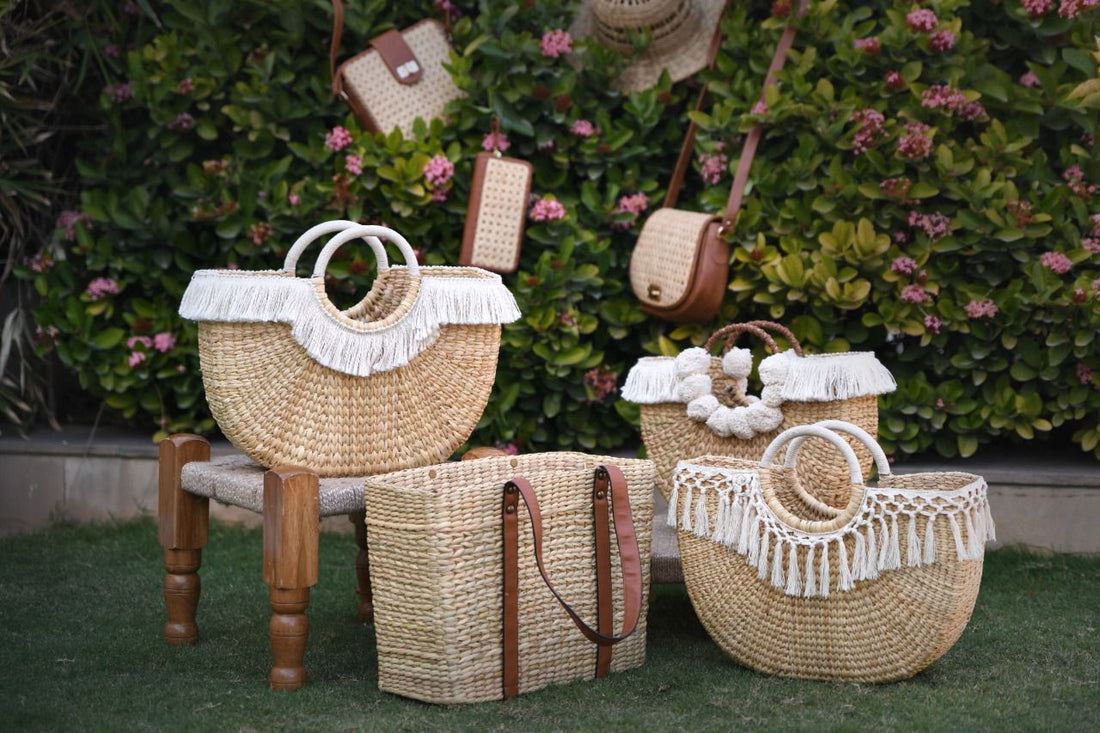
By choosing to buy fewer, better-quality items, individuals can reduce their environmental impact. This shift towards quality over quantity is one of the reasons why minimalism is often seen as a more sustainable approach to interior design.
4. Timelessness
One of the key advantages of minimalist design is its timeless quality. Unlike more trend-driven styles that may feel dated after a few years, minimalist interiors can endure through the ages. A minimalist home, with its neutral tones and functional forms, never goes out of style.
Moreover, minimalism has the flexibility to evolve with time. While the core principles remain the same, the specific design elements can shift to reflect new trends, making minimalist design adaptable and long-lasting.
The Challenges of Minimalism
While minimalism may sound like the perfect solution to our cluttered modern lives, it does come with its own set of challenges:
1. The Risk of Sterility
One of the main criticisms of minimalist design is that it can feel sterile or cold. With an emphasis on clean lines, neutral colors, and an absence of personal items, some minimalist interiors can lack warmth and character. The challenge, then, is to strike the right balance between simplicity and personality.
Incorporating elements like textured fabrics, plants, and personal artwork can help add warmth and make a minimalist space feel more inviting. The key is to carefully curate the elements in the space so that they contribute to the overall aesthetic without overcrowding the room.
2. The Pressure of Perfection
Minimalism can sometimes feel like an exercise in perfectionism. The idea of creating a “perfect” minimalist space can be daunting, especially for those who are used to a more eclectic or lived-in home. Additionally, achieving true minimalism often requires significant effort—whether it’s decluttering an entire home or sourcing high-quality furniture that fits the aesthetic.
For some, this pressure to conform to minimalist ideals can be overwhelming. It’s important to remember that minimalism, like any design philosophy, is about personal interpretation. There’s no one-size-fits-all approach, and it’s okay to deviate from the “rules” if it means creating a space that feels comfortable and authentic.
Is Minimalism the Future of Interior Design?
So, is minimalism really the future of interior design? In many ways, the answer seems to be yes. As we move towards a more sustainable, mindful, and purpose-driven world, minimalism aligns perfectly with these values. It encourages thoughtful consumption, promotes a sense of mental clarity, and offers a timeless design aesthetic that can endure through generations.
However, minimalism may not be the solution for everyone. People have different needs, tastes, and lifestyles, and some may prefer more vibrant, eclectic, or maximalist spaces that reflect their unique personalities. Minimalism works for those who value simplicity and serenity, but it’s not the only way to create a beautiful home.
In the end, the future of interior design is likely to be a blend of many styles—minimalism included. Rather than one style dominating the scene, design will continue to evolve, and the best interiors will reflect the diverse and multifaceted nature of modern life.


